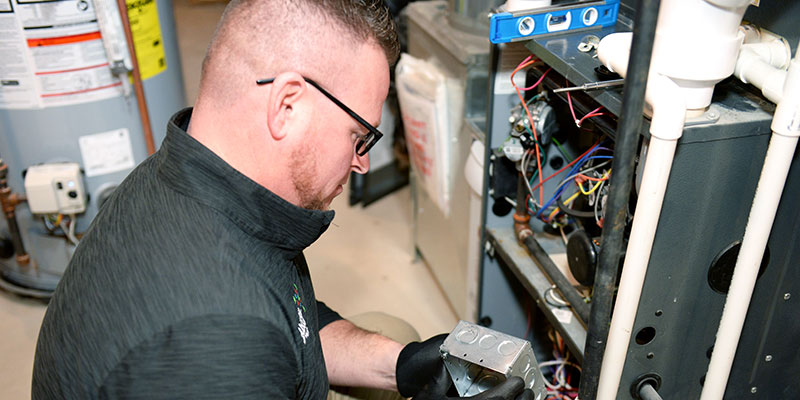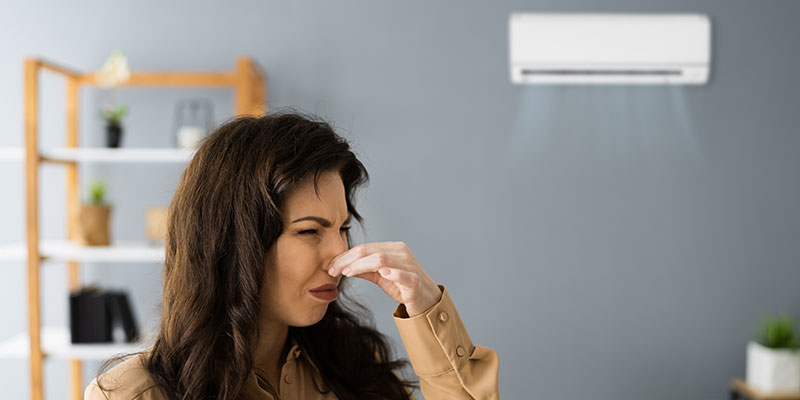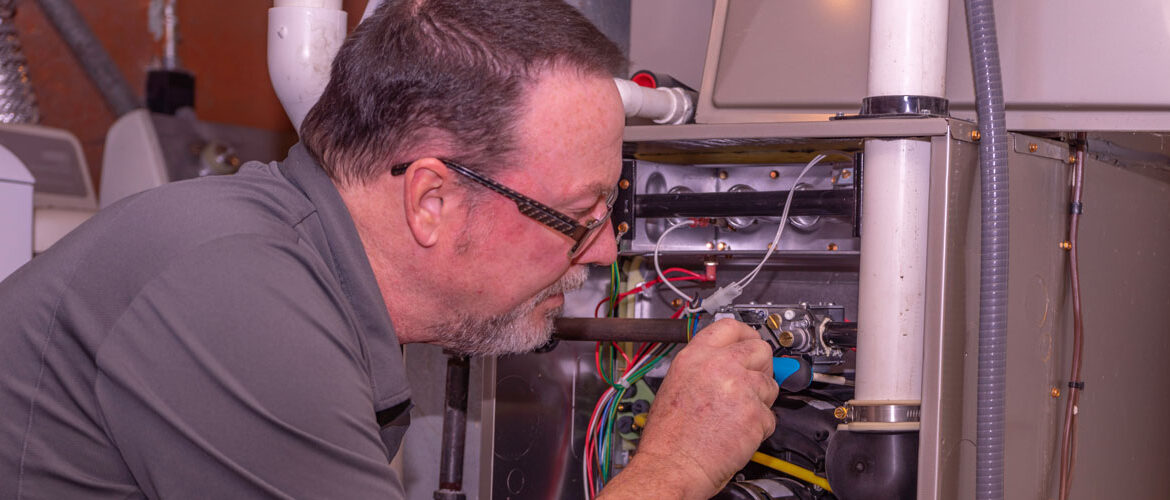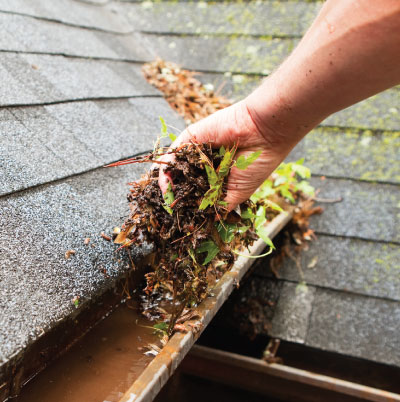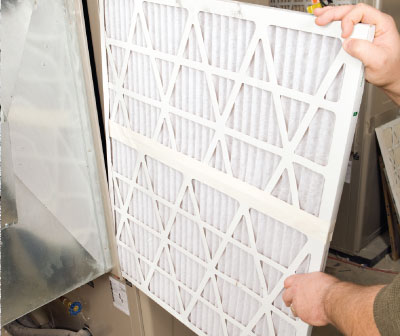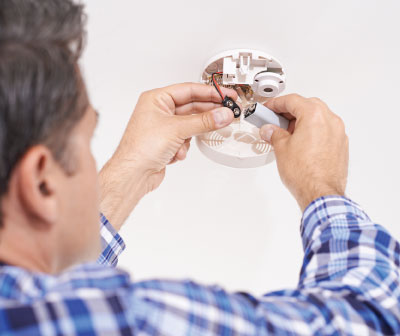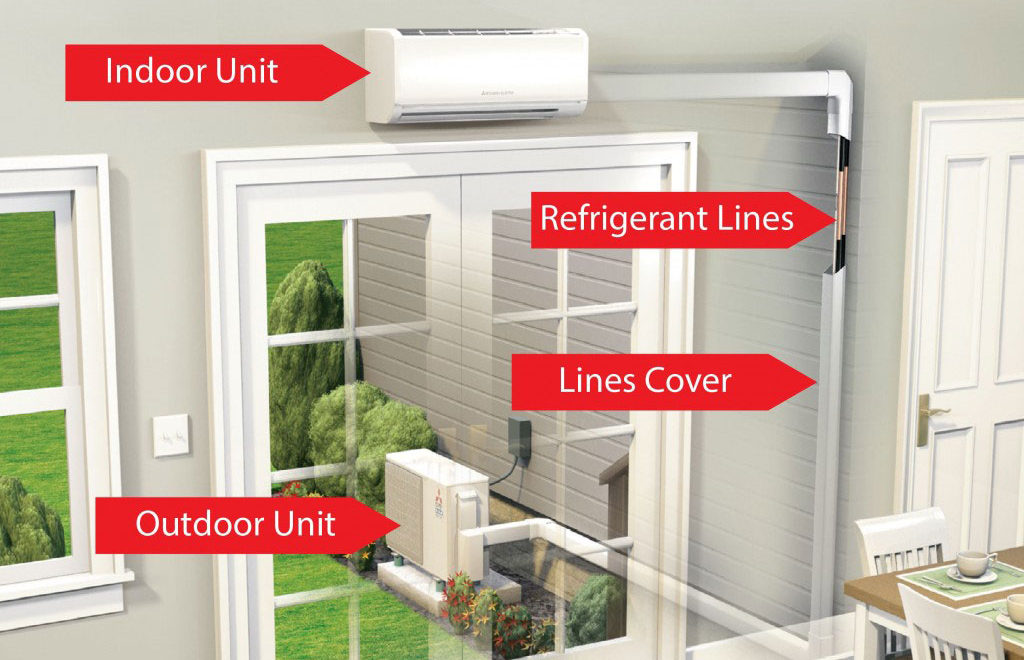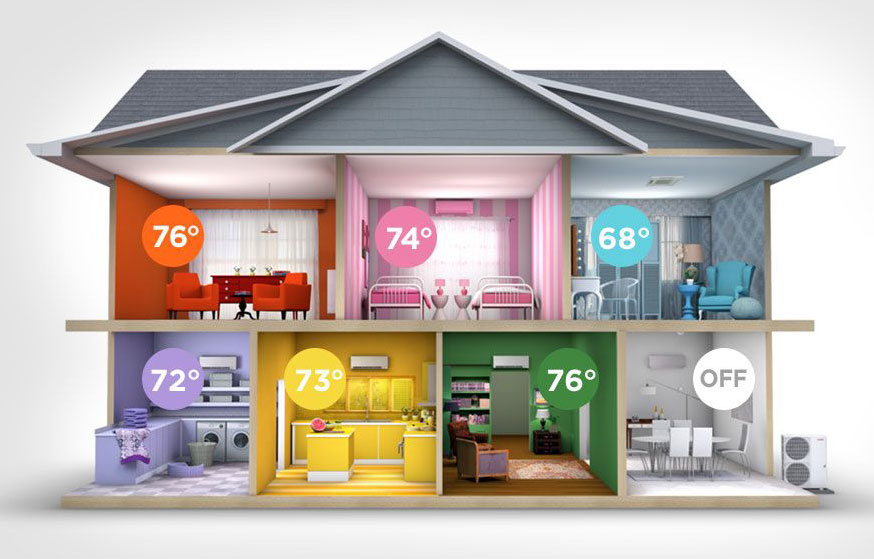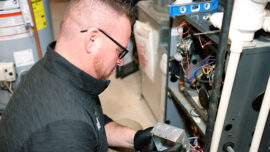Are Annual Furnace Tune-Ups Really Necessary?
This is an easy one: yes, yes they are. Routine maintenance on your HVAC system is not only the best way to prevent future, expensive repairs, it is also essential to the overall health and safety of your furnace. Honestly though, we get it, you spent so much on the furnace itself now you have to routinely shell out $100 or so every year to maintain it. Annoying, right? What it comes down to is this: the value and significance of the furnace warrants the care and consideration. Since, heat in our homes is one of those non-negotiable necessities, we need to do our best to keep things running smoothly. We, here at Luxury Heating & Air Conditioning, are such proponents of preventative maintenance we put together this detailed list to bring you to our side.
It Could Save You Thousands in Repairs
Furnace tune-ups prevent future breakdowns. This is especially true with older systems. Staying on top of your furnace maintenance now, will help it run smoothly during the dead of winter, when you need it most.
Tune-ups usually consist of standard cleaning, lubricating parts, checking connections and keeping an eye out for any problems that ned to be addressed. If you don’t get these annual tune-ups your system will most likely be working harder than it needs to be; jacking up your energy bills and shortening the life of your system in the process.
Furnace tune-ups cost anywhere from $80-$150, this might seem like a nuisance now but that is nothing compared to the thousands that repairs and replacements can cost.
It Could Save You Money On You Energy Bill
We have already stated, a poorly maintained furnace has to work harder to pump air. Now, since the average home spends more than $2,200 a year on energy, with nearly half of that going toward the heating and cooling process, do you really want your system to be wasting energy working harder than it needs to?
A routine maintenance call can improve your system’s energy efficiency by up to 30%, this will go a long way in lightening the load on your wallet each month.
It Will Increase Airflow and Air Quality
Dirty filters are efficiency killers. A standard tune-up will involve basic cleaning and a new air filter, this cleaning process will remove dust and debris from your system. This will take stress off the unit, increase air flow and provide cleaner air throughout your home.
They will also do a static airflow test. This will measure how hard the fan has to work to pump air throughout your home. If it is working too hard it can shorten the lifespan of your system and create problems that will cost money to repair
their are solutions to be had to protect your unit
You could choose to get a more involved tune-up which will include duct cleaning, this goes a step further towards cleaner air and a more efficient system.
It Might Be Necessary to Maintain Your Warranty
This is as straightforward as it gets. It depends on the furnace manufacturer but most warrantees require installation as well as regular maintenance to be done by a certified technician. Complying with your warranty agreement will save you loads of cash down the road if a major problem occurs.
It Could Prevent a Future CO2 Leak
The prior points on this list were about saving money and increasing comfort, (which are important!) this point though: this is about safety. Around 50,000 Americans visit the emergency room every year due to carbon monoxide poisoning. The scary part about CO2 poisoning is that the gas tasteless, odorless and cannot be seen, so the warning signs come from symptoms alone (detectors can and should be installed).
Now, all systems have failsafes in place to prevent this disaster from happening, however leaks can still occur. The most common issue we see that can cause a leak is a cracked heat exchanger, which is the set of coils that create the hot air that is then circulated throughout your home. This happens mostly when the coils are overstressed and working too hard, which in turn, can happen from dirty air filters or the wrong size system.
A tune-up would prevent this. Our expert technicians are trained to identify cracked heat exchangers and any other problem that might cause a dangerous CO2 leak.
So, even if everything is working fine and dandy, preventative furnace maintenance can still improve the efficiency and lengthen the lifespan of your system. Just keep in mind, a properly maintained furnace will not use any more energy than necessary, it can last up to 20 years, and it will keep your family warm and safe during the cold winter months. Make sure your furnace is in peak condition and ready to go all fall and winter long, call Luxury Heating & Air Conditioning today to schedule a tune-up.

